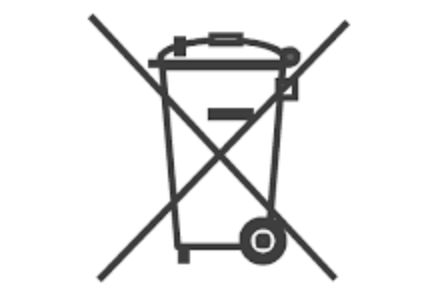CHARGE YOUR DEVICES SAFELY.
Follow product instructions!
-
Use chargers and batteries that come with the product.
-
Plug charger directly into wall outlet. Avoid extension cords, they can overheat!
-
Avoid direct sunlight.
-
Watch it! Unplug when fully charged. Monitor for warning signs of failure (see
STEP 3)
-
Disconnect charger when going to sleep or leaving your home.
-
If product, plug, or charger is TOO HOT TO TOUCH, unplug immediately and allow to cool. Discontinue use and dispose battery safely.
-
Charge away from doorways in case a rapid escape is necessary.
-
Products with built-in safety features such as automatic shut-offs and over-charge protection have been known to fail.
-
Learn more about product recalls from the U.S. Consumer Product Safety Commission.
Personal electronic devices (small tools, laptops, mobile phones, vacuums, etc.)
E-Bikes, E-Scooters, Hoverboards, Golf Carts, etc. (Micromobility)
-
CHARGE OUTDOORS!
-
Charge on paved surface in a well-ventilated area (a lot of airflow).
-
Charge at least 5’ feet or more away from structures, vehicles, and anything that can burn.
-
Plug charging cord directly into outlet with GFCI (ground fault circuit interrupter) protection.
DISPOSAL.
SWA & PBCFR Join Forces to Combat Lithium Batteries in the Waste Stream & Fire Hazards.
In April 2023, the Solid Waste Authority of Palm Beach County invited Palm Beach County Fire Rescue to partner with them in a Public Education Campaign: Battery Smart. Fire Smart.
2024 Solid Waste Authority of PBC — Lithium Battery Safety (30s) — Quick tips to prevent fires when using, charging, or disposing of lithium batteries.
Watch on YouTube (Closed captions available)
|
TAPE and TAKE!
WARNING!! Lithium batteries are not allowed in household trash. Even when they are “dead” and “non-functional” they can heat up and cause a fire from "stranded energy". Likewise, if they are damaged, punctured, crushed, or complete contact with other metal surfaces they can pose a fire risk.
|

|
TAPE THE TERMINALS! Any non-conductive tape – clear packing, electrical, or duct tape – is safe. Although, the SWA of PBC prefers the use clear non-conductive packing tape so staff at the SWA can verify battery condition in order to sort and safely pack for shipping. Tape keeps the contacts from touching metal surfaces and becoming energized.
TAKE them to your nearest PBC SWA Home Chemical Recycling Center (HCRC) or nearest retailer drop off location or a retailer that sells batteries. You can find locations near you
Call2RecycleLocator with Earth911 or by calling 1-800-CLEAN-UP.
Response by the Waste Industry. Lithium batteries in the waste stream are likely to start a fire if they get crushed; are exposed to water; or if the battery terminals contact other metal surfaces.
Disposal the right way to avoid danger. When batteries made of lithium are thrown into the garbage, they are likely to get damaged by other items thrown inside with them. Think about where our garbage goes – in large garbage trucks with tons of other garbage and then to the Solid Waste Authority of Palm Beach County. Even if the batteries are inside the electronics, they can break or get crushed. If that happens, the lithium energy can escape and cause a fire. Moreover, if the battery terminals are exposed and touch something conductive (i.e., aluminum drink cans, metal coins, inside walls of the garbage truck), electricity and heat can travel through it and – FIRE happens! This can and has caused fires inside garbage trucks. Imagine if this happened in your kitchen or bathroom trash.